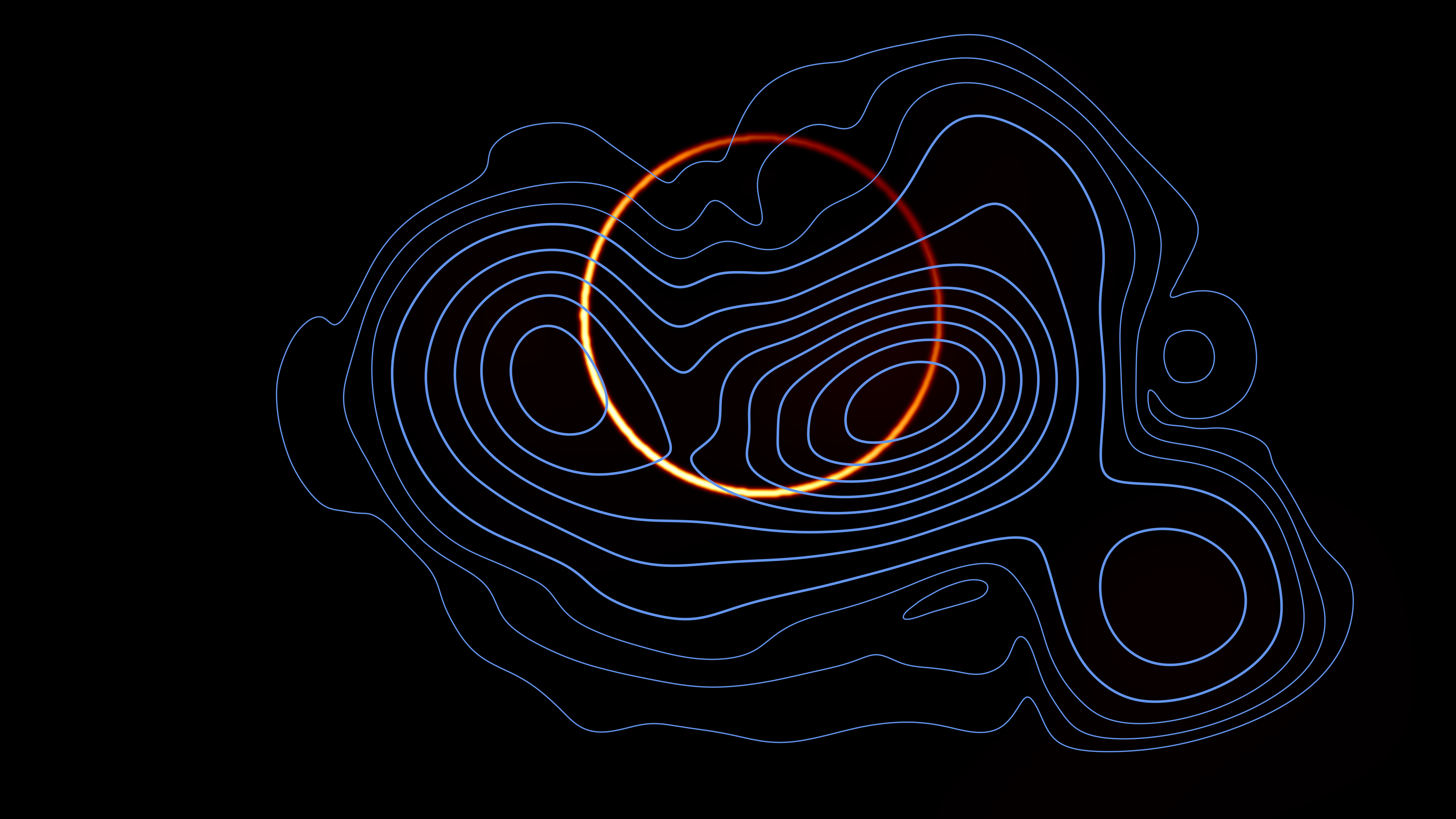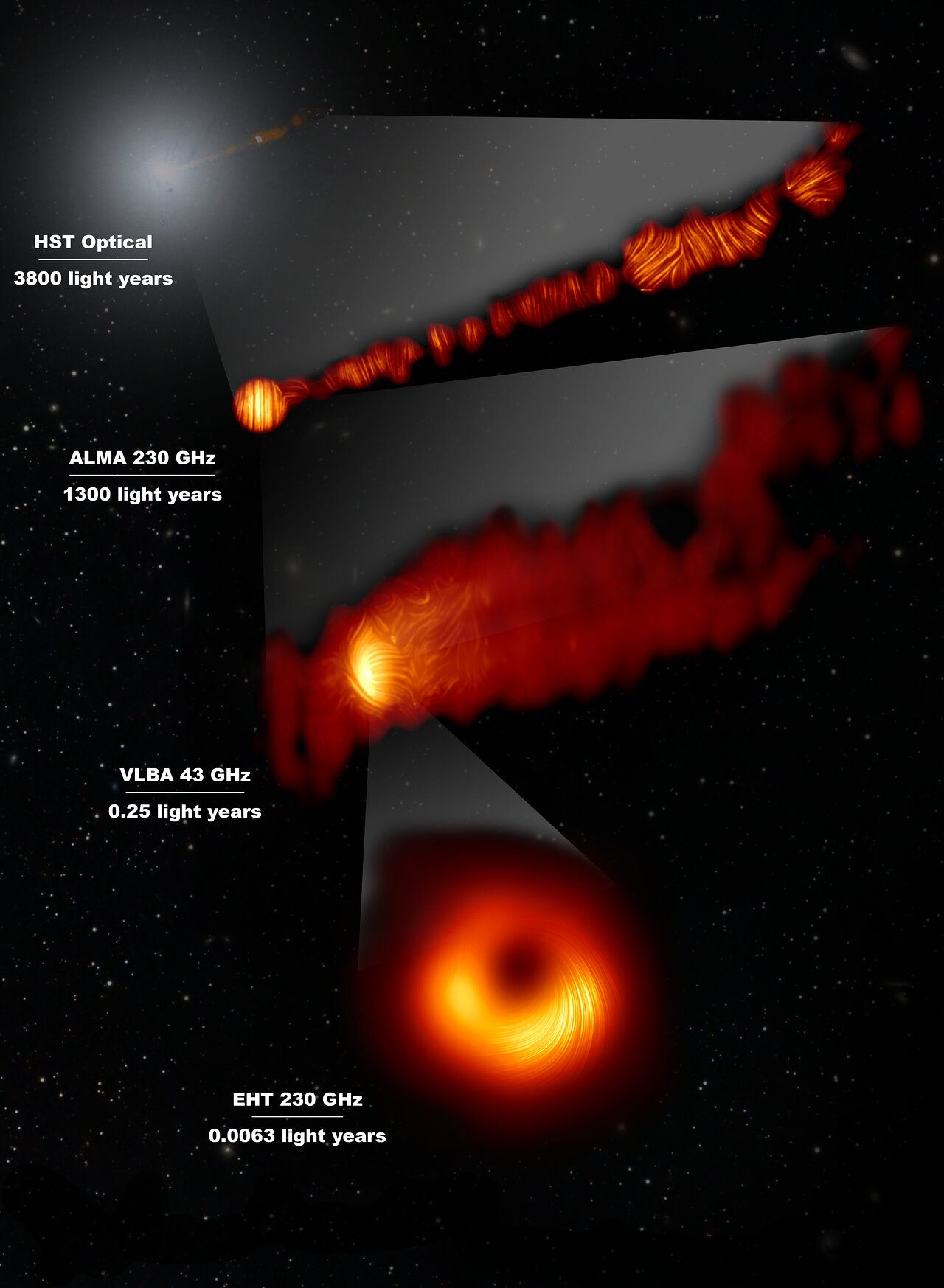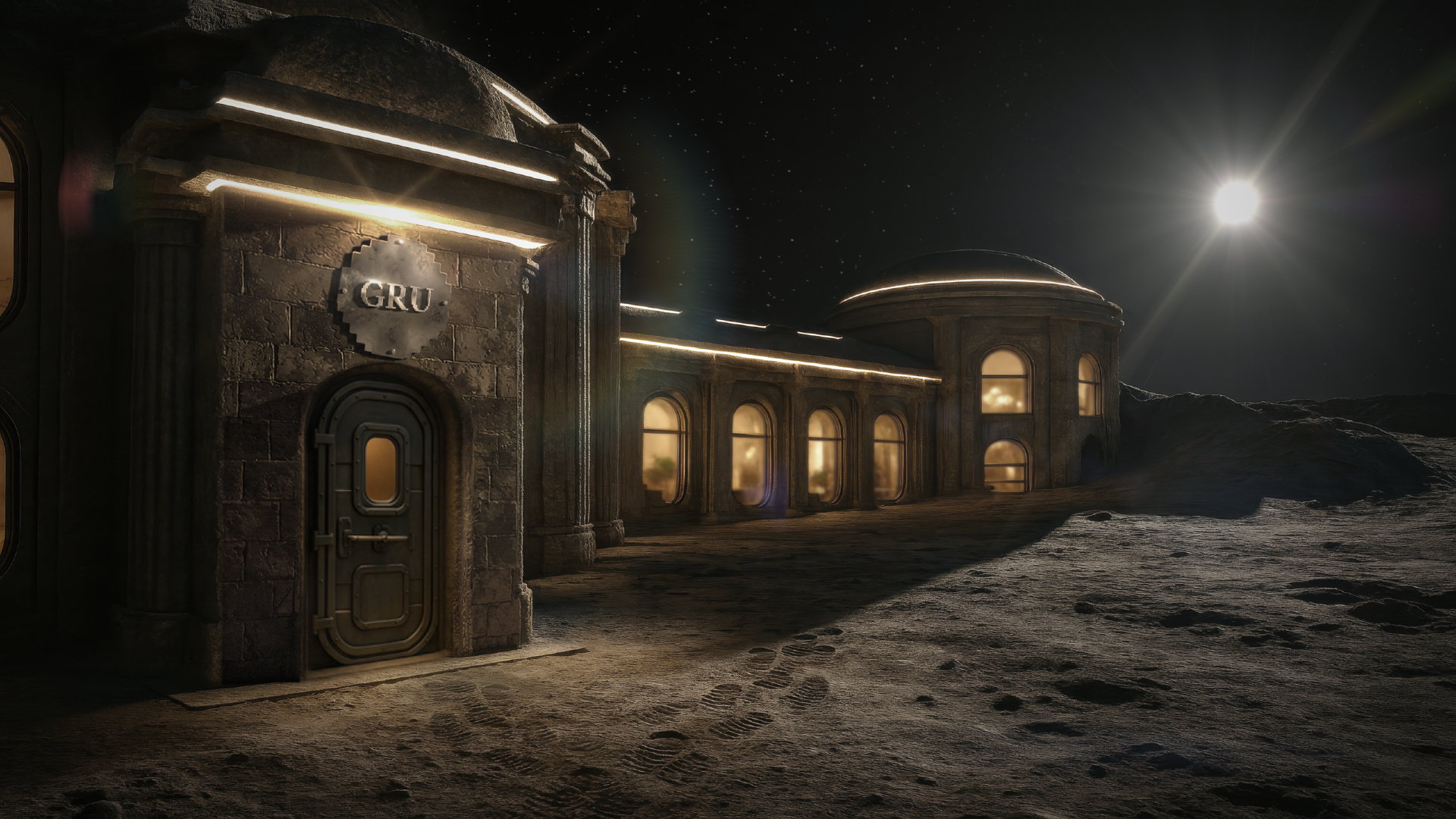Supermassive black hole's bright 'photon ring' revealed in new image
The first image of the black hole at the heart of the galaxy M87 has been 'remastered' to reveal forces at work around the behemoth.

A newly remastered image of the black hole at the heart of the galaxy Messier 87 (M87) peels back the layers of the black hole to reveal photons flung around by the object's tremendous gravitational influence.
The black hole at the heart of M87, which is located 55 million light-years away from Earth, was the subject of the Event Horizon Telescope, first-ever image of a black hole, released in 2019. The picture, which closely resembled theoretical predictions of what supermassive black holes and their immediate environment should look like, showed a golden ring of material racing around the outer edge of the black hole, the light-trapping surface called the event horizon. But hidden by this material, astronomers expected to find an artifact of the gravitational influence of the black hole, a thin, bright circlet called a photon ring.
It's this ring that the researchers behind this remastered image aimed to uncover. To do this, the team took the EHT's first image of M87's supermassive black hole and stripped away various elements of the image.
Related: Why is the first-ever black hole photo an orange ring?
"We turned off the searchlight to see the fireflies," Avery Broderick, an astrophysicist at the Perimeter Institute and the University of Waterloo in Canada and lead researcher on the project, said in a statement. "We have been able to do something profound — to resolve a fundamental signature of gravity around a black hole."
The team used an imaging algorithm built into the EHT to isolate and extract the glowing golden ring from the telescope's observations of the M87 black hole, which has a mass equal to around 6.5 billion suns. The scientists were also able to use this technique to spot the distinct 'footprint' of an astrophysical jet being blasted out by the black hole.
These jets are created from material around supermassive black holes that is gradually 'fed' to the surface of the central cosmic titan. As M87's supermassive black hole is a voracious eater of matter, it blasts out these jets frequently. This is unlike the much smaller black hole at the heart of the Milky Way, Sagittarius A* (Sgr A*), which consumes so little material that scientists have compared it to a human eating one grain of rice every million years.
Breaking space news, the latest updates on rocket launches, skywatching events and more!
"The approach we took involved leveraging our theoretical understanding of how these black holes look to build a customized model for the EHT data," Dominic Pesce, a team member on the new research and an astrophysicist based at the Center for Astrophysics at Harvard & Smithsonian, said in the statement. "This model decomposes the reconstructed image into the two pieces that we care most about, so we can study both pieces individually rather than blended together."
The new remastered image is the latest in a series of stunning black hole-related achievements for the Event Horizon Telescope. The planet-size observatory's work is allowing researchers to investigate supermassive black holes — once considered impossible to visualize because no light can escape from the other side of the event horizon — in incredible detail.
In 2021, following the first image of M87's central supermassive black hole, the EHT produced an additional image that showed the black hole in polarized light. This was the first time that polarization, a signature of magnetic fields, had been observed around a black hole.
And earlier this year, the collaboration released an image of Sgr A* at the heart of the Milky Way for the first time.
Te new photon ring work continues the tradition established by the EHT of seeing these cosmic titans in unprecedented detail.
"The result was possible because the EHT is a computational instrument at its heart," Broderick said. "It is as dependent on algorithms as it is upon steel. Cutting-edge algorithmic developments have allowed us to probe key features of the image while rendering the remainder in the EHT's native resolution."
The team's research is discussed in a paper published Tuesday (Aug. 16) in The Astrophysical Journal.
Follow us on Twitter @Spacedotcom and on Facebook.

Robert Lea is a science journalist in the U.K. whose articles have been published in Physics World, New Scientist, Astronomy Magazine, All About Space, Newsweek and ZME Science. He also writes about science communication for Elsevier and the European Journal of Physics. Rob holds a bachelor of science degree in physics and astronomy from the U.K.’s Open University. Follow him on Twitter @sciencef1rst.


